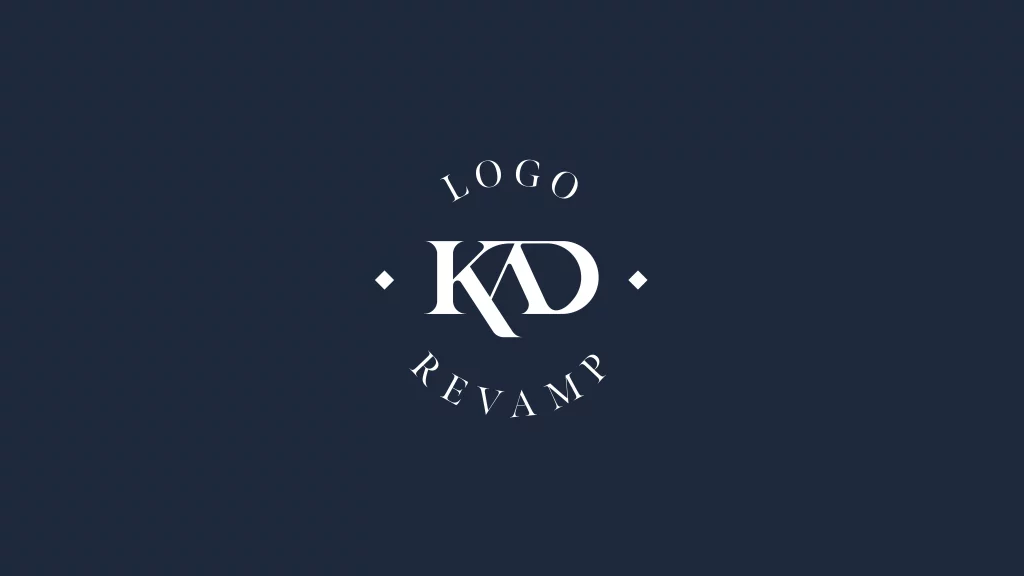The Art of Choosing Color
Color is a powerful tool in the world of design. It has the ability to evoke emotions, convey messages, and leave lasting impressions. When it comes to logo design, the choice of colors is a critical element that can make or break a brand’s identity. In this blog post, we’ll explore the art of choosing color schemes for memorable logos and delve into the psychology and practical considerations behind this crucial design decision.
Why Colors Matter in Logo Design
Before we delve into the nitty-gritty of color selection, let’s understand why colors matter so much in logo design:
Brand Identity: Colors play a significant role in shaping a brand’s identity. They become an integral part of how a company is perceived by its audience. Think about the vibrant red of Coca-Cola or the calming blue of Facebook – these colors are instantly recognizable and synonymous with their respective brands.
Emotional Impact: Colors have the power to trigger specific emotions and associations. For example, warm colors like red and orange can create a sense of excitement and passion, while cool colors like blue and green can evoke calmness and trust. Understanding the emotional impact of colors is key to effective logo design.
Differentiation: In a crowded marketplace, a unique color scheme can set a brand apart from its competitors. A well-chosen color palette can help a business stand out and be remembered.
The Basics of Color Theory
To master the art of choosing color schemes for logos, it’s essential to grasp the basics of color theory:
Color Wheel: The color wheel is a fundamental tool for understanding color relationships. It consists of primary colors (red, blue, and yellow), secondary colors (orange, green, and purple), and tertiary colors (colors created by mixing primary and secondary colors). Complementary colors (opposite each other on the wheel) and analogous colors (next to each other) can create visually appealing combinations.
Psychology of Colors: Different colors evoke different emotions and associations. For example:
- Red: Passion, energy, excitement
- Blue: Trust, calm, professionalism
- Yellow: Happiness, optimism, warmth
- Green: Nature, growth, health
Contrast: Creating contrast between elements in a logo is crucial for readability and impact. High-contrast color combinations can make a logo pop, while low-contrast combinations can create a more subtle and harmonious effect.
Choosing the Right Color Scheme
Now that we have a foundational understanding of color theory, how do we choose the right color scheme for a logo? Here are some steps to consider:
Understand the Brand: Begin by understanding the brand’s personality, values, and target audience. What emotions should the logo convey? What associations align with the brand’s message?
Research Competitors: Analyze the color schemes of competitors in the same industry. Identify opportunities to differentiate by choosing colors that are distinct from the competition.
Consider Industry Norms: Certain industries have established color conventions. For example, healthcare often uses calming blues and greens, while technology companies may opt for bold and innovative colors. Consider whether adhering to or deviating from these norms is the right choice for the brand.
Test and Iterate: Create multiple color variations and test them with a focus group or target audience. Collect feedback and make iterations based on their responses.
Versatility and Scalability: Ensure that the chosen color scheme works well across various platforms, including digital and print. Consider how the logo will appear in different sizes and backgrounds.
Case Studies and Examples
To illustrate these principles in action, let’s look at a few real-world examples of well-known logos and their color choices:
- McDonald’s: The vibrant combination of red and yellow exudes energy and warmth, appealing to a wide audience, especially children and families.
IBM: IBM’s classic blue logo represents trust, reliability, and professionalism, essential qualities for a technology company.
Spotify: The green and black color scheme of Spotify’s logo symbolizes growth, innovation, and the world of music, aligning perfectly with its brand identity.
Conclusion
In the world of logo design, the art of choosing color schemes is a skill that requires a deep understanding of color theory, psychology, and branding. A well-chosen color palette can elevate a logo from a mere visual element to a powerful representation of a brand’s identity. By considering the brand’s values, industry norms, and the emotional impact of colors, designers can create logos that are not only aesthetically pleasing but also resonate with their target audience.
So, the next time you embark on a logo design journey, remember that colors are more than just visual elements; they are the brushstrokes that paint the canvas of brand identity and leave a lasting impression on the world.

